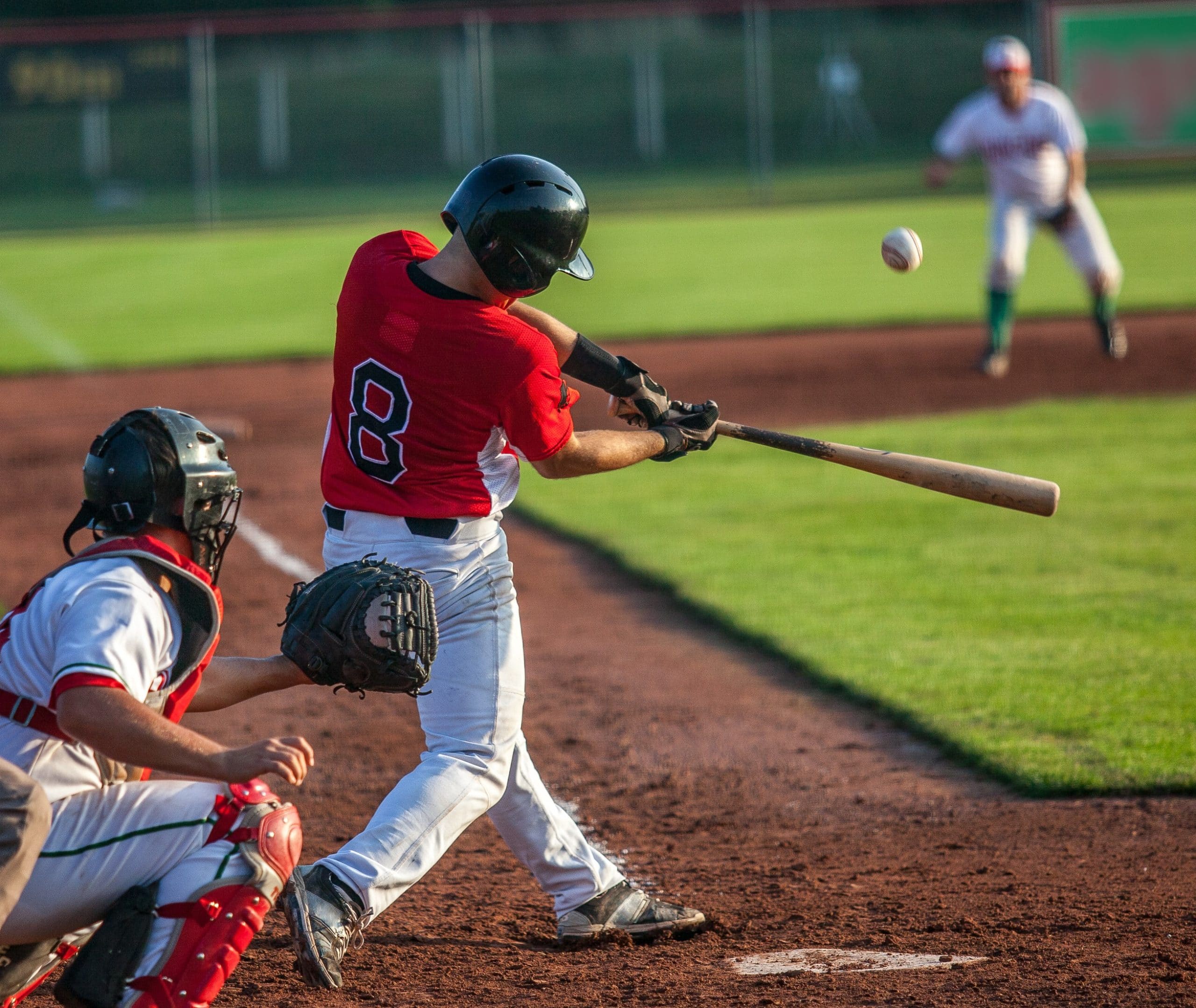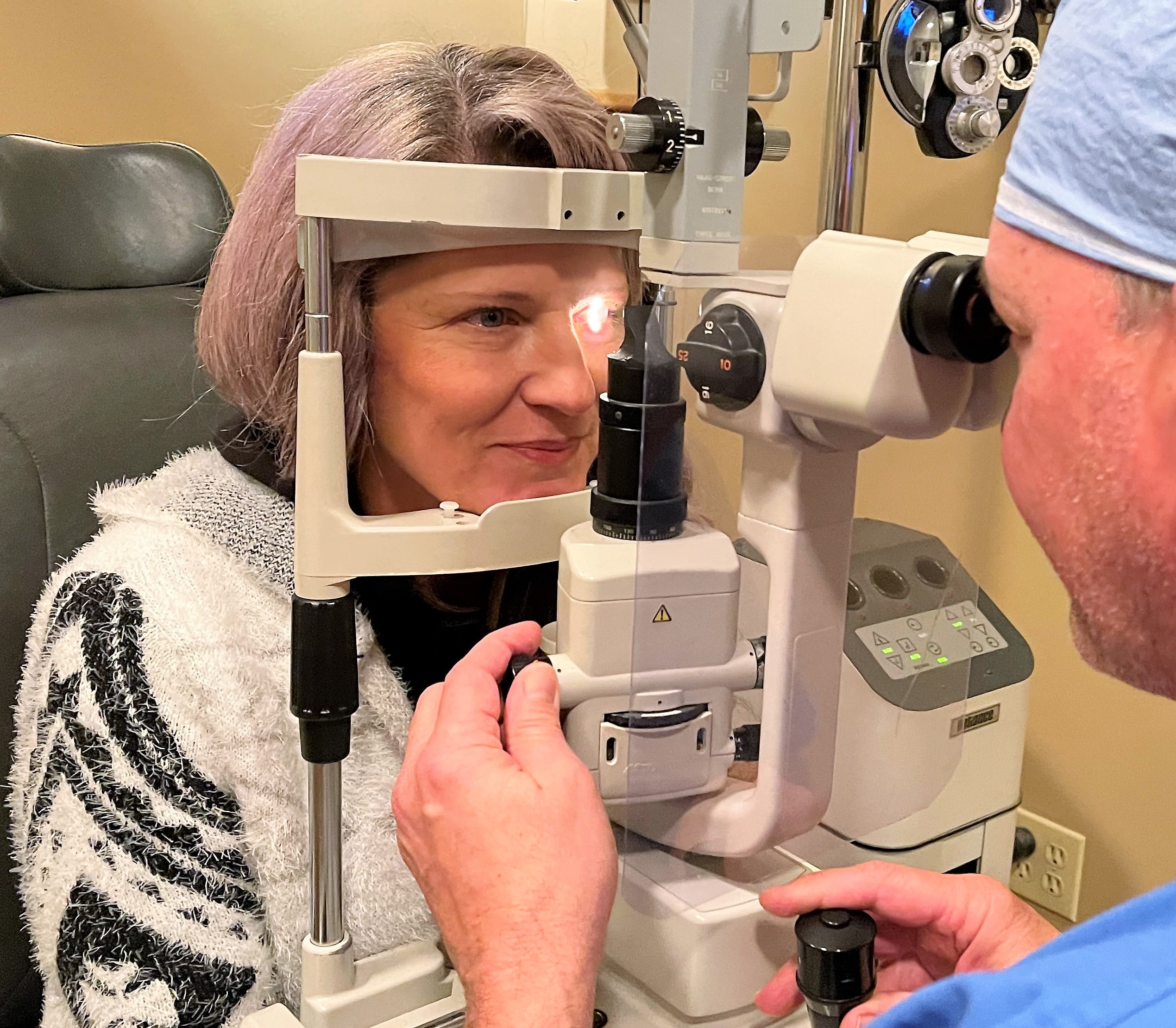As springtime blooms, area soccer fields and baseball diamonds teem with young athletes, as their devoted moms cheer from the stands. But beneath the fun are potential eye and vision problems—for the kids on the field and the moms in the stands.
Eye care providers are recognizing a pair of vision awareness concerns this month, equally deserving of attention. The American Academy of Ophthalmology is promoting Sports Eye Safety Month in April, while The National Eye Institute puts the spotlight on Women’s Eye Health and Safety.
We begin with our all-stars: Although eye diseases are quite low in children, the same can’t be said for eye injuries.
“U.S. doctors treat 30,000 to 40,000 sports-related eye injuries each year,” says Dr. Todd Williamson, eye surgeon with Hattiesburg Eye Clinic. “These injuries from collisions with other players or contact with balls or other sports implements range from mild to moderate to serious trauma and permanent vision damage.”
The real story, though, is that vision care providers estimate 90% of these injuries could be prevented with one simple intervention: wearing protective eyewear.
“There’s no doubt wearing polycarbonate glasses during sports or other activities makes a huge difference,” says Dr. Williamson. “Unfortunately, protective eyewear hasn’t caught on as it might should—few professional athletes wear protective glasses, for example, with most of those wearing them to improve their sight as much as protect their eyes.”
Dr. Williamson hopes greater awareness of the potential dangers many sports and other physical activities pose to the eyes will foster increased protective wear in the future. He also hopes renewed awareness of potential eyesight dangers will also help the other group in our focus—women—realize optimum eye health during their lifetimes.
Contrary to the split-second accidents that active children face, the biggest threats to women’s vision unfold over a longer period of time. Besides age-related conditions common to everyone, women may have higher risks in some areas.
“Hormonal changes occurring during pregnancy, for example, might worsen developing glaucoma, or even temporarily interfere with their vision,” says Dr. Williamson. “The same could be said for women during and after menopause.”
Vision problems may also accompany autoimmune diseases like Lupus or Sjögren’s Syndrome, for which women are more susceptible than men. According to Dr. Williamson, women also seem to be more susceptible to dry eye syndrome.
“We see quite a number of women, especially those entering menopause, dealing with chronic dry eyes, which can cause itching, burning or the feeling of sand in the eyes. It’s not as threatening a problem as a condition like glaucoma, but it can definitely interfere with a person’s quality of life.”
To stay ahead of developing eye problems, Dr. Williamson recommends women begin undergoing annual eye examinations around age 40, or earlier if they have pre-existing eye conditions or a family history of eye disease. And if they notice problems with their vision during periods of hormonal change like pregnancy or menopause, they shouldn’t hesitate to see their eye doctor.
Whoever we are and wherever we are in life’s journey, we face different risks to our eyesight. The answer, though, is similar: Protect your eyes, by wearing appropriate safety equipment or seeking regular care from your vision provider.
Visit our webpage for more information on proper vision care. To learn more about how Hattiesburg Eye Clinic can improve your vision health, call 601-268-5910 (or toll-free 800-624-8254) or schedule a consultation with us online.




